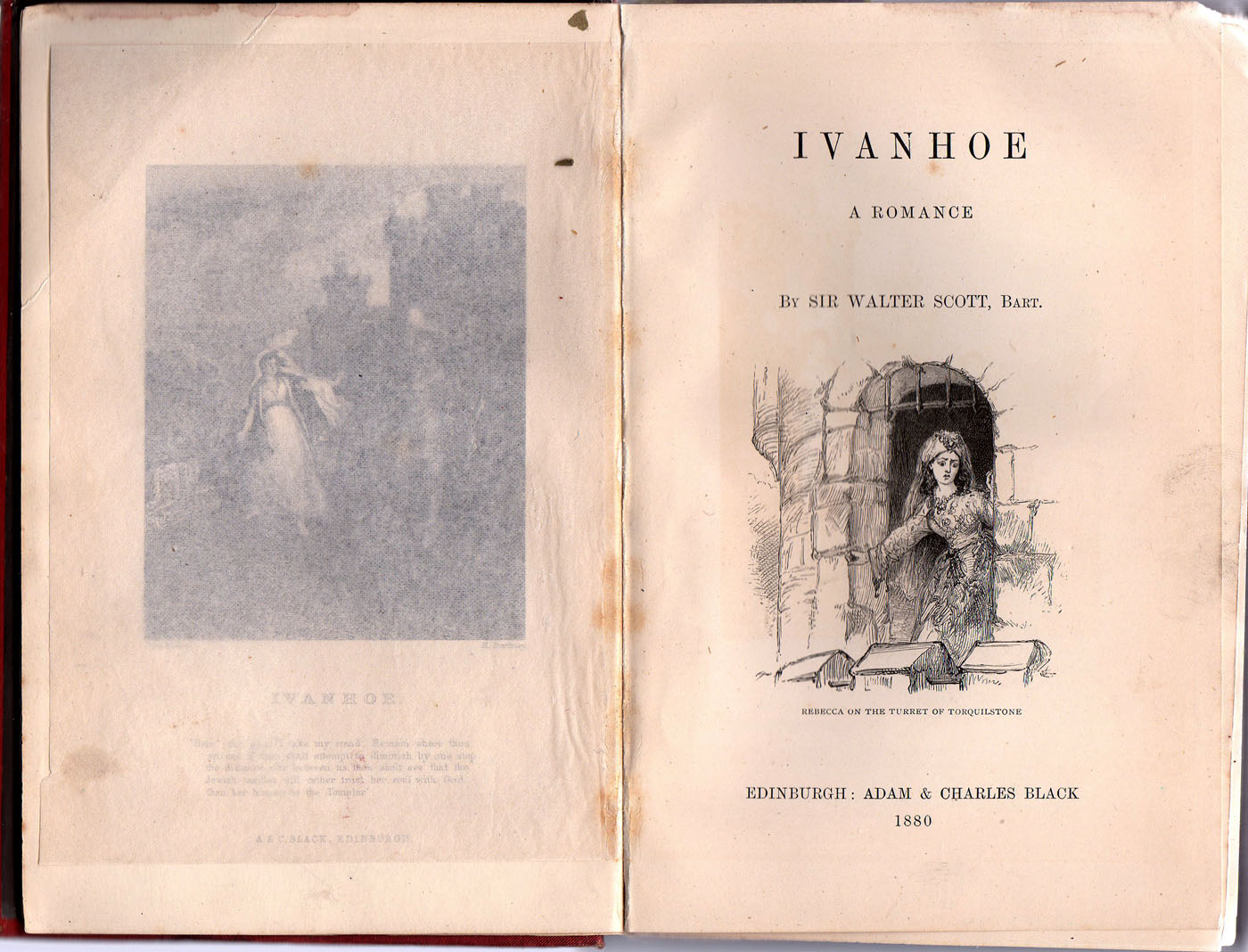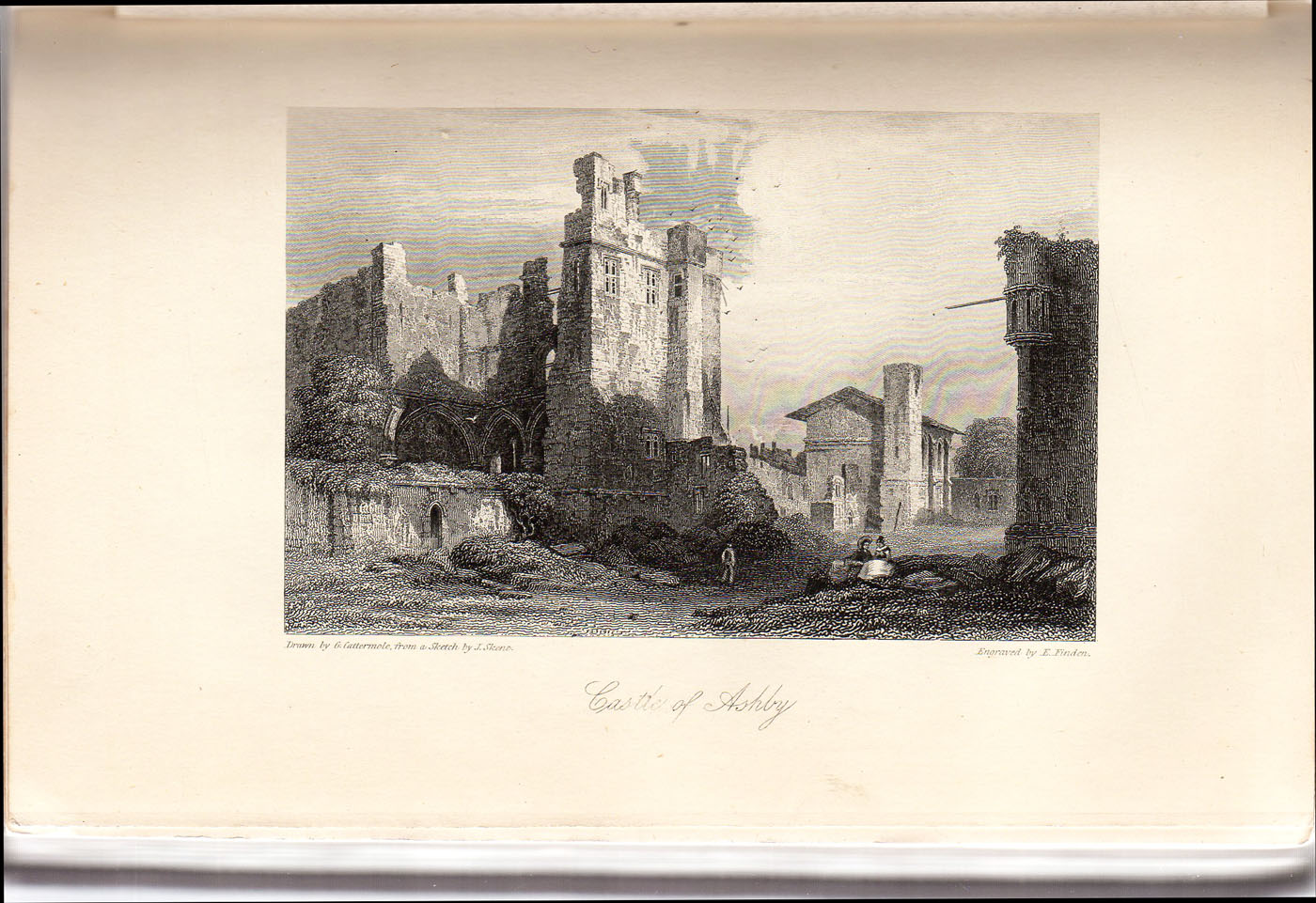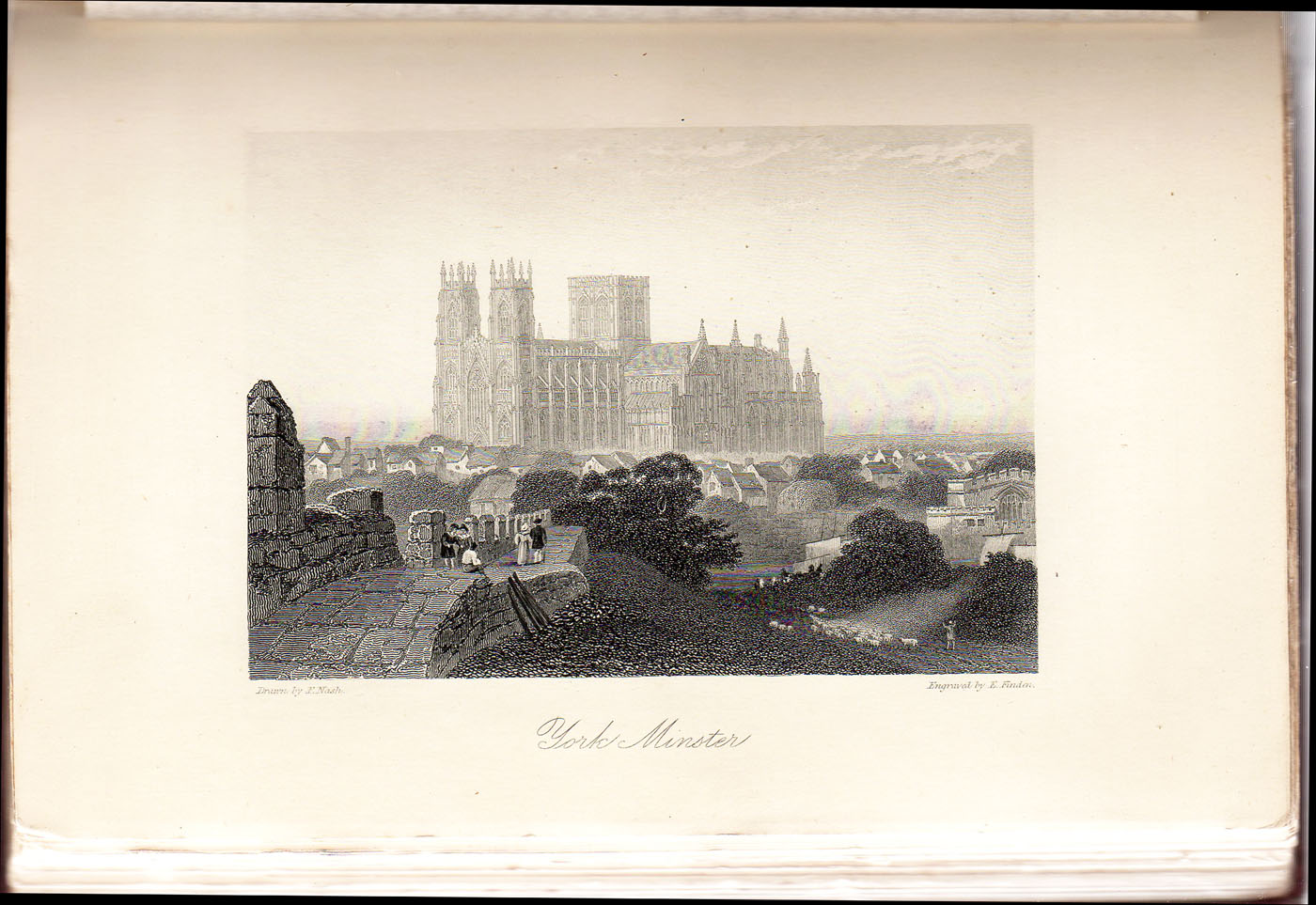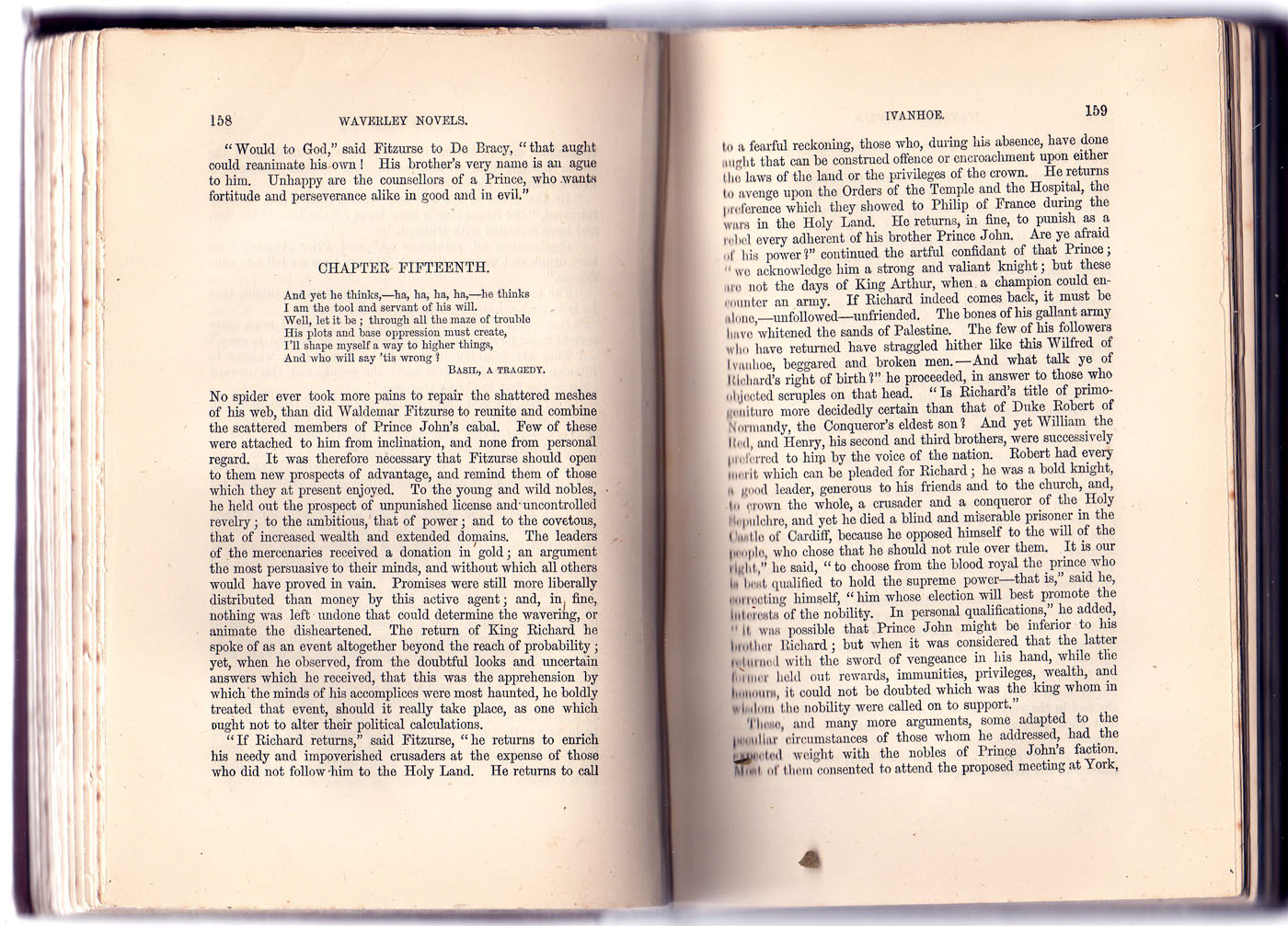
Click here for high-resolution version.
The way books are constructed has hardly changed in centuries. It’s daunting, though, to contemplate just how much human labor was required to publish a book in 1880. The Linotype was invented in 1884 (in the United States), but I’m sure it was years before they were widely in use.
Even today, publishing a book requires a huge amount of editorial labor (or literary labor, as Ken and I call it). But today the work involved is a mere fraction of what it used to be. (Thanks, Adobe.)
Even though I’ve been to Edinburgh twice in the last four years, it seems odd that I’ve never visited an antique bookstore there. I’ll correct that on the next trip. Part of the problem, though, would be schlepping books home in one’s luggage. International shipping of small items, though, is much quicker than it used to be, as long as things don’t get hung up in customs. This book cost £12.20, plus $3.99 shipping, from Cambridge Rare Books Ltd. in Gloucester. Delivery took 16 days.
The typography in old books is beautiful, an inspiration to those of us who make books (using Adobe products) today. Sadly, many old classics have long been out of print. They’re read mostly in digital editions today. At some point in the future, Acorn Abbey Books may make a few new hardback editions of old classics. The books wouldn’t sell well, but at least they’d get a bit of new life. Books published before 1926 are now in the public domain. In the United States, the rule is 95 years after publication. In the United Kingdom, I believe it’s 70 years after the author’s death.

Click here for high-resolution version.

Click here for high-resolution version.

Click here for high-resolution version.


